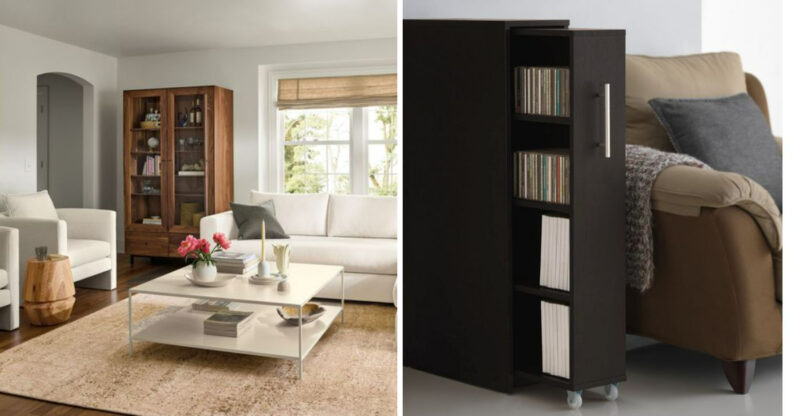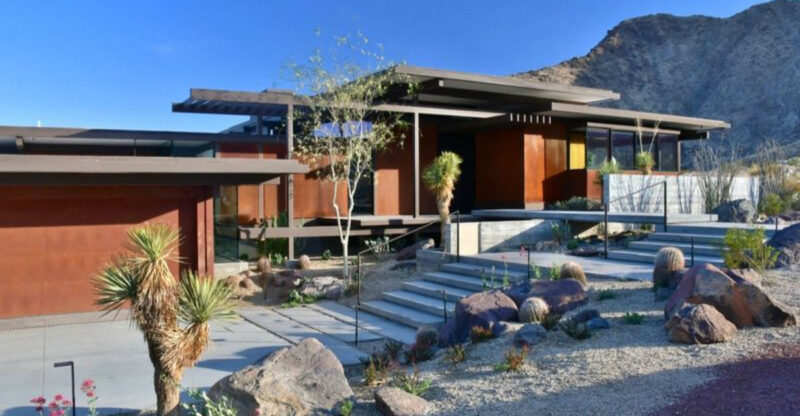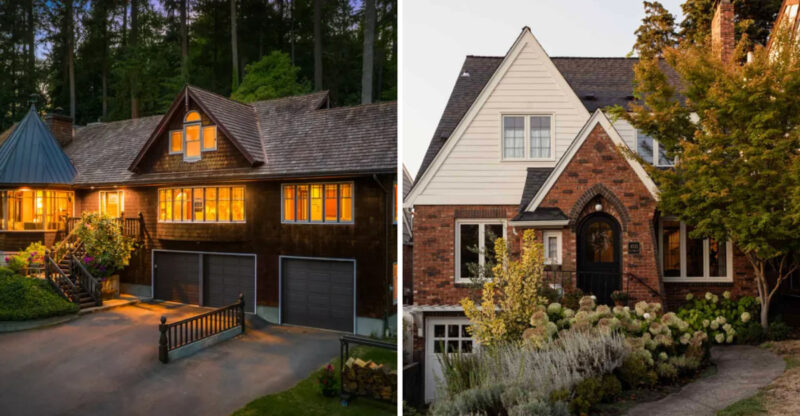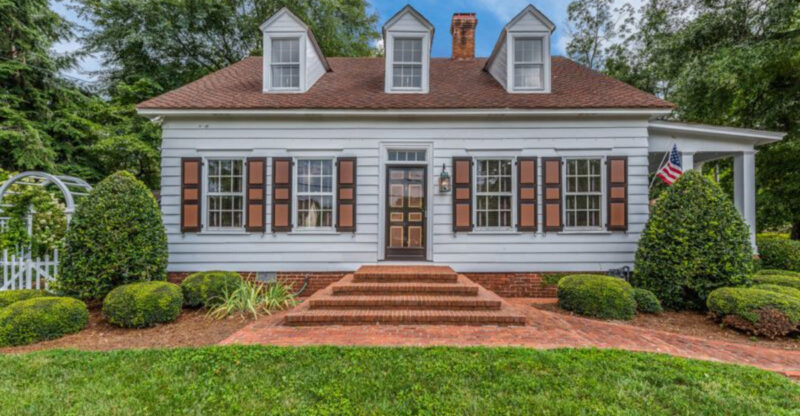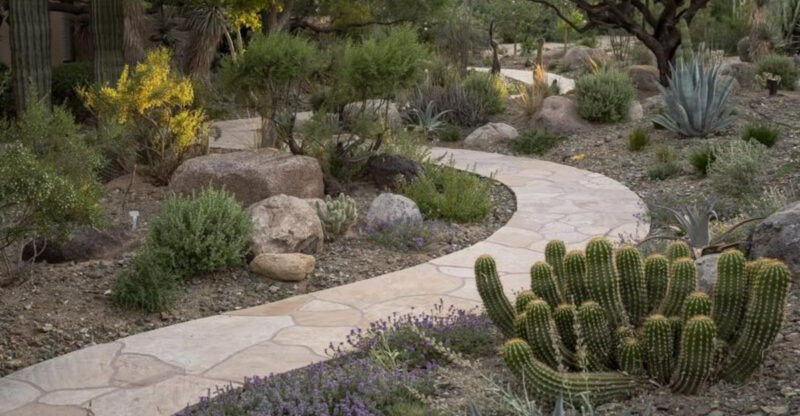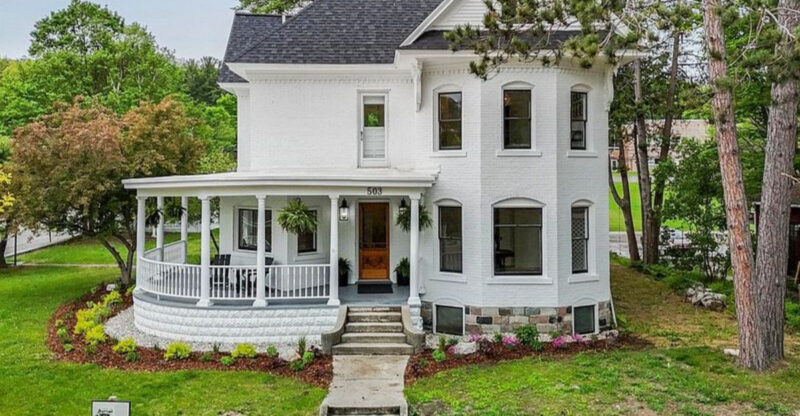9 Classic Entryway Styles You’ll See In Pennsylvania’s Old Towns
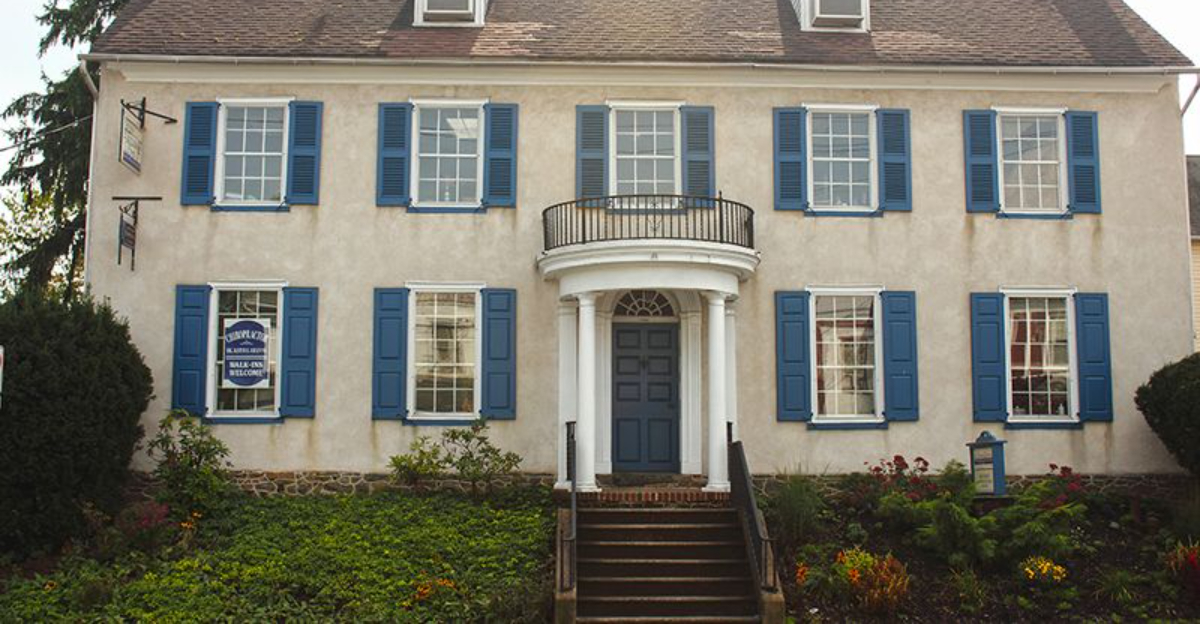
Ever strolled through an old Pennsylvania town and felt like the doors had more personality than most people?
These entryways aren’t just entrances, they’re time machines with hinges. Some are grand. Some are weathered. All are packed with charm.
From arched frames to knobby brass knockers, they’ve seen it all. Let’s peek at 9 classic entryways that make modern doors look like they’re trying way too hard.
1. Federal Fanlight Doorways
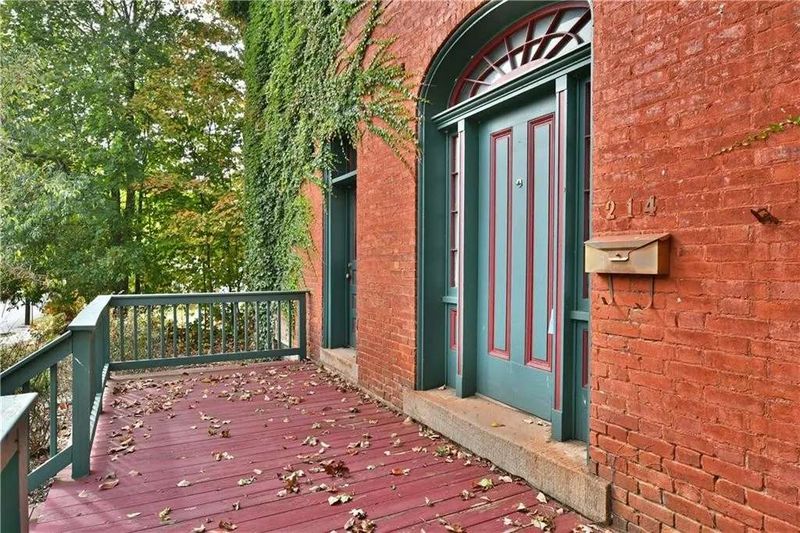
Sunshine streams through these semi-circular windows perched above front doors in homes built between 1780-1820. You’ll spot these elegant entryways throughout Philadelphia’s Society Hill and Lancaster’s historic district.
The delicate wooden dividers create patterns resembling an open fan, hence the name. Early American craftsmen used these not just for beauty but practical illumination before electricity.
Most impressive examples feature intricate leaded glass designs and slender columns flanking the doorwa. The hallmarks of our young nation’s desire to appear sophisticated despite frontier origins.
2. Victorian Painted Lady Porches
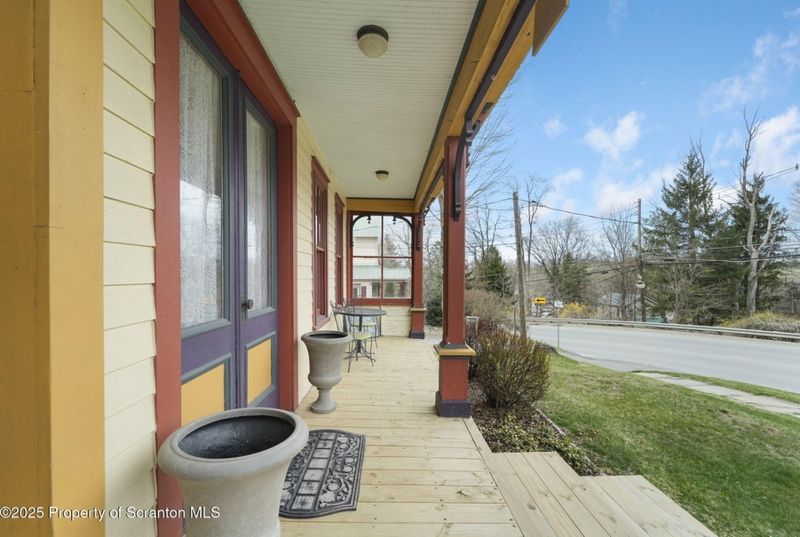
Nothing screams Victorian charm like these elaborately decorated porches! Found in towns like Jim Thorpe and Bellefonte, these entryways burst with colorful spindles, ornate brackets, and gingerbread trim painted in contrasting hues.
Victorian homeowners viewed their front porches as stages for social performance. The more decorative elements, the better, showing neighbors they could afford such frivolity.
Look for the signature turned posts and curved brackets that resemble delicate lace frozen in wood.
3. Quaker Simplicity Doorways
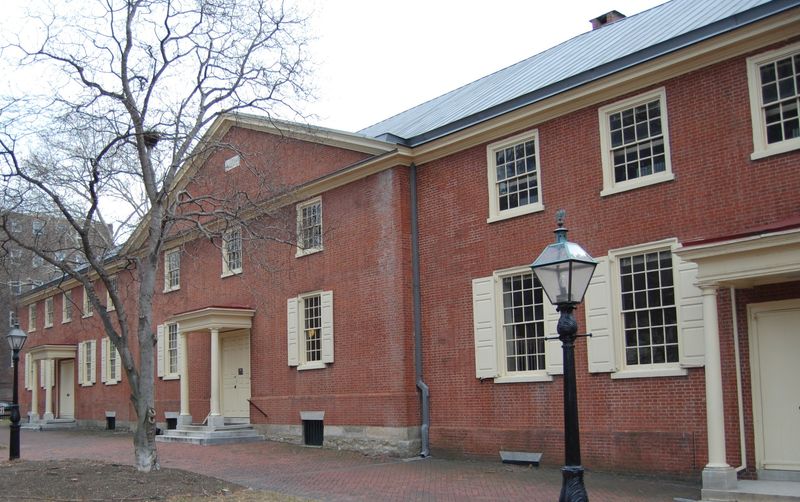
Ever seen a door so humble it practically apologizes for existing? That’s the Quaker way, baby.
While their neighbors were busy showing off with columns and carvings, Pennsylvania Quakers kept it cool with clean lines and zero fuss. In places like Chester County, their entryways whisper, “We’re here to be sturdy, not flashy.”
These doors don’t scream for attention, they just quietly impress with honest craftsmanship. And those transom windows? Just enough glass to let the light in, no frills, no drama.
Even the hardware sticks to the script. Solid wrought iron hinges and latches that have been holding it down since colonial times.
4. Dutch Colonial Divided Doors
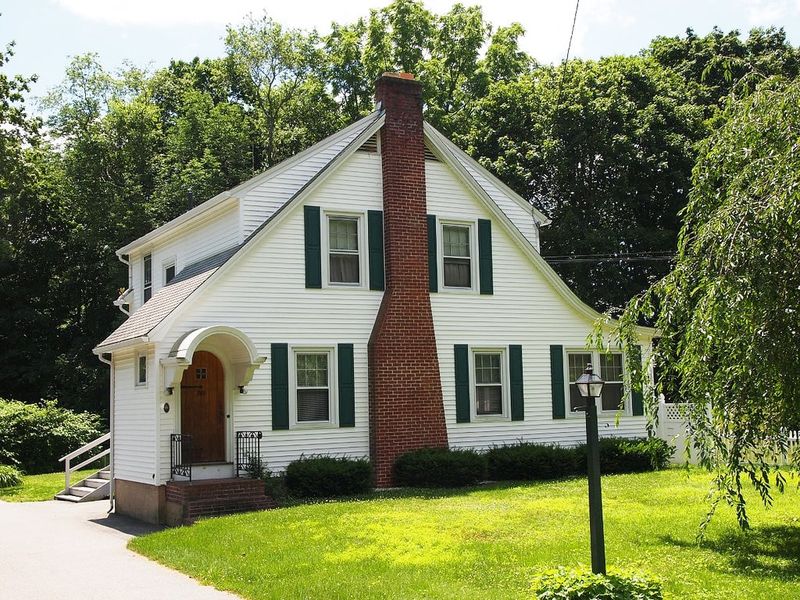
Imagine chatting with neighbors while keeping chickens out of your house! Dutch settlers in eastern Pennsylvania solved this problem brilliantly with split doors divided horizontally.
The bottom half stayed closed to keep animals and children safely contained, while the open top half welcomed fresh air and conversation.
Berks and Lancaster counties showcase the finest examples, often painted in traditional blue, believed to ward off evil spirits. Modern homeowners love these doors for their country charm, though most use them for admiring garden views rather than livestock management!
5. Gothic Revival Pointed Arches
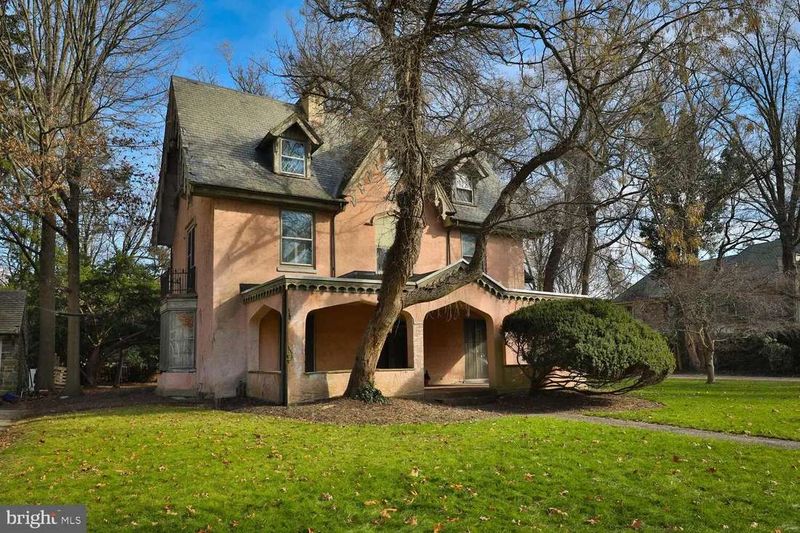
Straight from medieval fairy tales, these dramatic entrances feature pointed arches that draw your eyes heavenward. Popular in Pennsylvania church-inspired homes between 1840-1880, they bring theatrical flair to otherwise serious architecture.
The doors themselves often feature vertical boards with ornate iron hardware resembling castle entrances. Most impressive examples include stained glass panels that cast colorful shadows across entryway floors.
My clients always gasp at these entrances. They’re architectural time machines transporting visitors to a more romantic era.
6. Colonial Revival Porticos
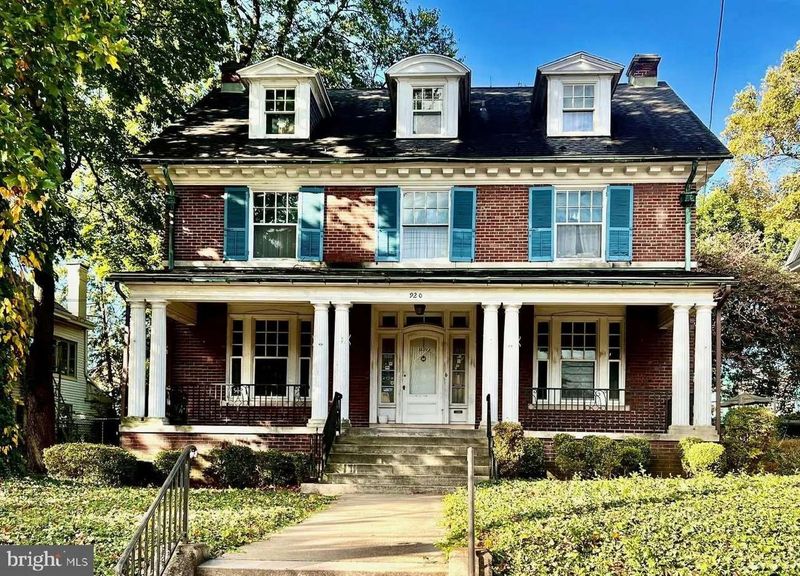
Americans fell back in love with their colonial roots around 1876, sparking a revival that dominated Pennsylvania towns well into the 1950s. These stately entryways feature small covered porches supported by round columns, like miniature versions of Mount Vernon.
White-painted woodwork contrasts beautifully against red brick or stone facades.
West Chester and Doylestown showcase magnificent examples where dentil molding (those little tooth-shaped blocks under the roofline) adds texture and shadow. These entrances embody American nostalgia…comfortable, dignified, and slightly romanticized versions of our colonial past.
7. Italianate Hooded Entrances
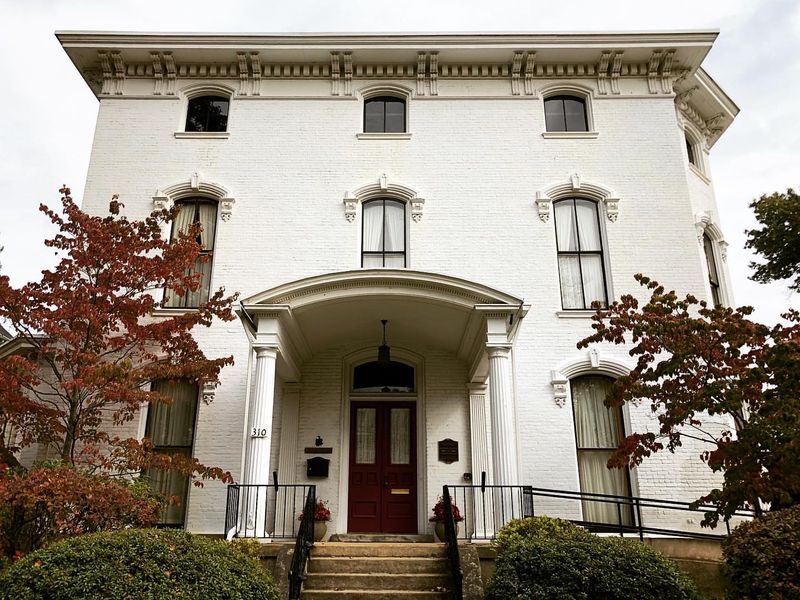
Ever seen a doorway that looks like it’s wearing a fancy hat? That’s the Italianate style for you, borrowed straight from Italian villas and brought to Pennsylvania by folks who wanted their homes to say, “Yes, I do own a successful railroad.”
These entrances come with dramatic hoods held up by ornate brackets, like the sassiest architectural eyebrows you’ve ever seen.
Tall, narrow doors with rounded tops steal the show, often dressed up with etched or frosted glass. And those brackets? They’re works of art—twisting like vines or curling like baroque violins. As the sun moves, shadows dance. Who needs cable when your front porch is putting on a performance?
8. Greek Revival Temple Fronts
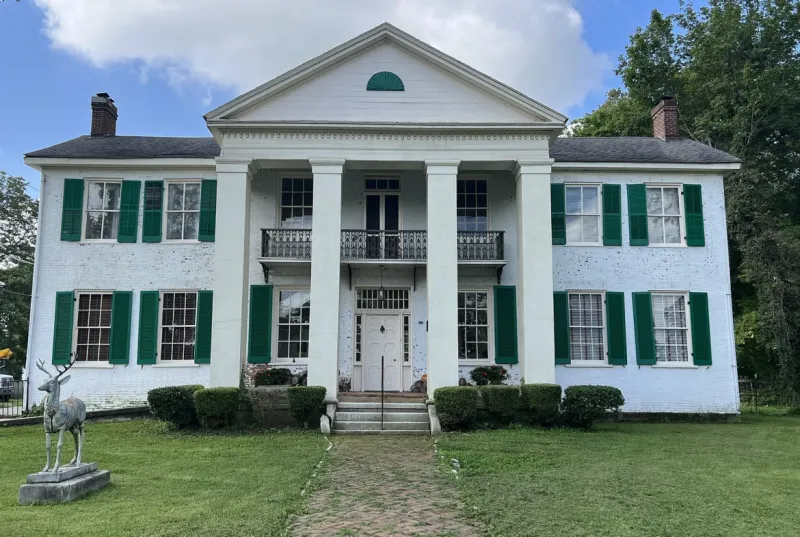
Nothing says “democracy” quite like a front door resembling the Parthenon! Between 1825-1860, Pennsylvanians embraced Greek architectural elements as symbols of their young republic’s democratic ideals.
The grandest examples feature full-height columns supporting triangular pediments, creating mini-temples as entryways. More modest homes incorporate simplified versions with square pilasters and wide entablatures above the door.
The crisp white paint against dark green shutters creates that unmistakable Greek Revival palette. Formal yet inviting, like being welcomed into history itself.
9. Georgian Symmetrical Entrances
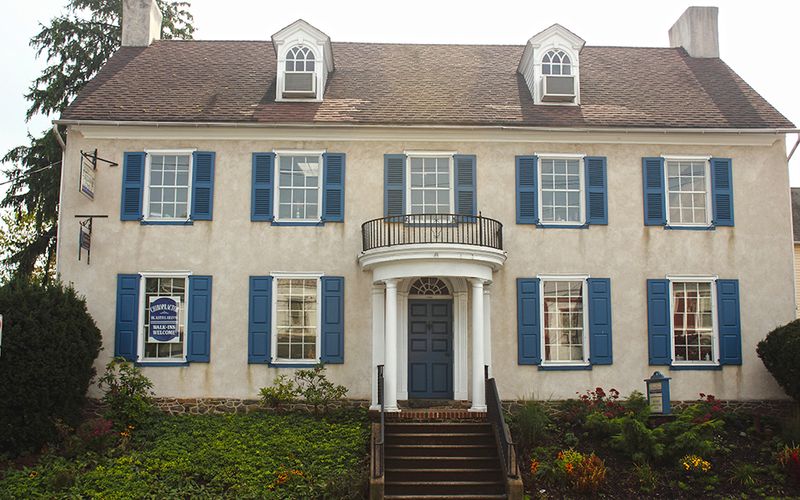
Harmony rules in these perfectly balanced entryways! Georgian architecture arrived with wealthy colonists who wanted homes mimicking English country estates.
The signature elements include a central door with exactly matching windows on each side, crowned by a decorative pediment. Often painted gleaming white against red brick, these entrances make a statement about order and classical proportion.
The fluted pilasters (flat columns) flanking these doorways create an air of importance. They’re announcing the homeowner as someone who values tradition and stability.

